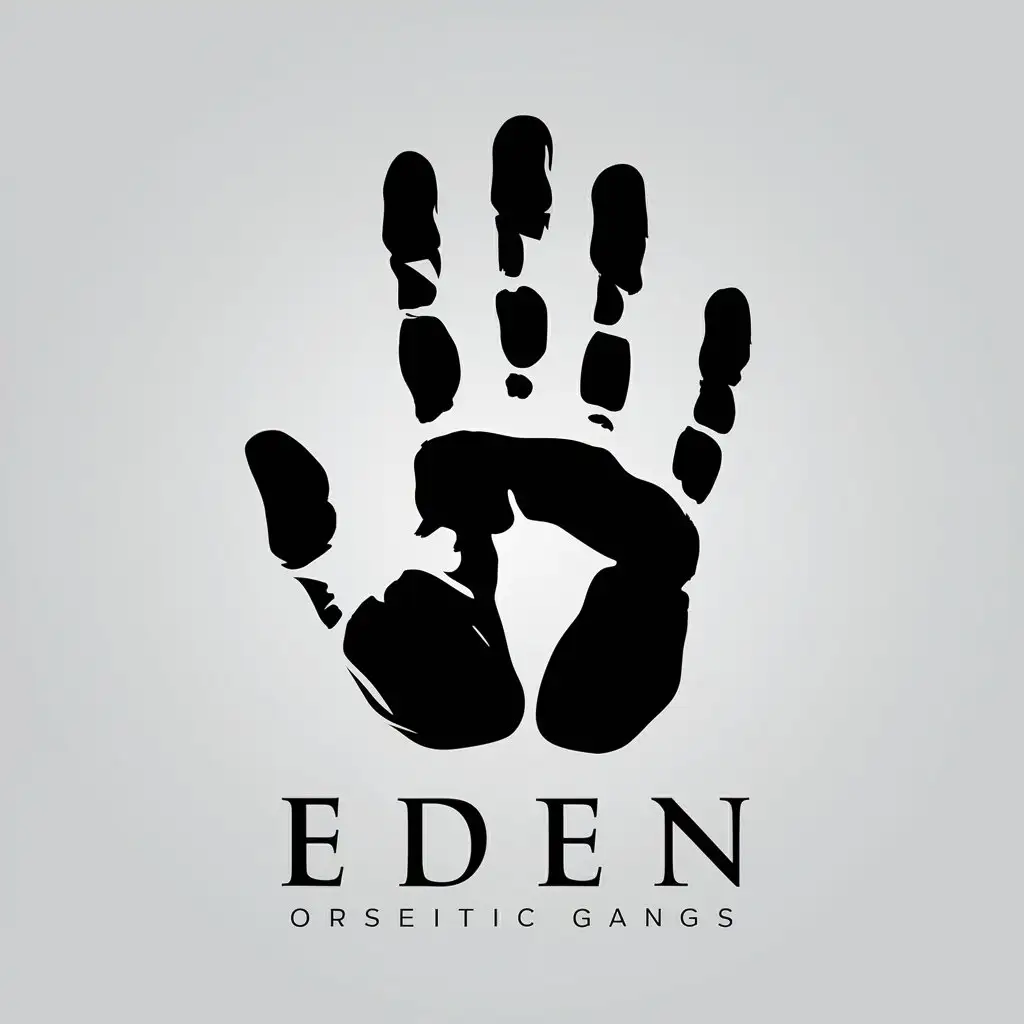8 Realistic Logos For You
Welcome to our Realistic image collection, featuring 8 free AI-generated images. Explore a diverse array of lifelike stock photos, 3D objects, vectors, and illustrations that mimic real-world aesthetics. Enjoy high-resolution downloads and use our 'open in editor' feature to customize prompts for your perfect realistic image.








Realistic AI-generated images are computer-created visuals that closely mimic the appearance of real-world scenes, objects, or people. These images are produced using advanced machine learning algorithms trained on vast datasets of real photographs. The goal is to create images that are indistinguishable from actual photographs, capturing intricate details, accurate lighting, and natural textures. Realistic AI art often focuses on everyday scenes, portraits, landscapes, and common objects, aiming to replicate the complexity and nuances of the physical world in digital form.
Defining Realistic AI-Generated Images
Realistic AI-generated images have numerous applications across various industries. In advertising and marketing, they provide cost-effective alternatives to traditional photoshoots, allowing for the creation of diverse, high-quality visuals on demand. The film and gaming industries utilize realistic AI art for concept development, environment design, and even character creation. In architecture and interior design, these images help visualize spaces and products before they're built or manufactured. Additionally, realistic AI art is increasingly used in education, medical imaging, and scientific visualization to create detailed, accurate representations of complex concepts or structures.
Applications and Uses of Realistic AI Art
Creating realistic AI images involves several sophisticated techniques. Generative Adversarial Networks (GANs) are a popular method, where two neural networks compete to produce and evaluate images, resulting in increasingly realistic outputs. Another approach is Diffusion Models, which gradually add and then remove noise from an image to create highly detailed results. Key to achieving realism is the use of high-quality, diverse training data and the implementation of advanced rendering techniques that accurately simulate lighting, shadows, and textures. Artists and developers often fine-tune these models and combine them with traditional digital art techniques to enhance realism and artistic control.
Techniques for Creating Realistic AI Images
The rise of realistic AI-generated images is reshaping the landscape of photography and visual media. It's blurring the lines between real and artificial, challenging our perception of authenticity in visual content. This technology is democratizing image creation, allowing individuals and businesses to produce professional-quality visuals without expensive equipment or extensive technical skills. However, it also raises ethical concerns about image manipulation and the potential for creating misleading or deceptive content. As AI-generated realism continues to advance, it's prompting important discussions about the future of photography, the value of human creativity, and the need for new frameworks to understand and regulate visual media in the digital age.
The Impact of Realistic AI Art on Photography and Visual Media